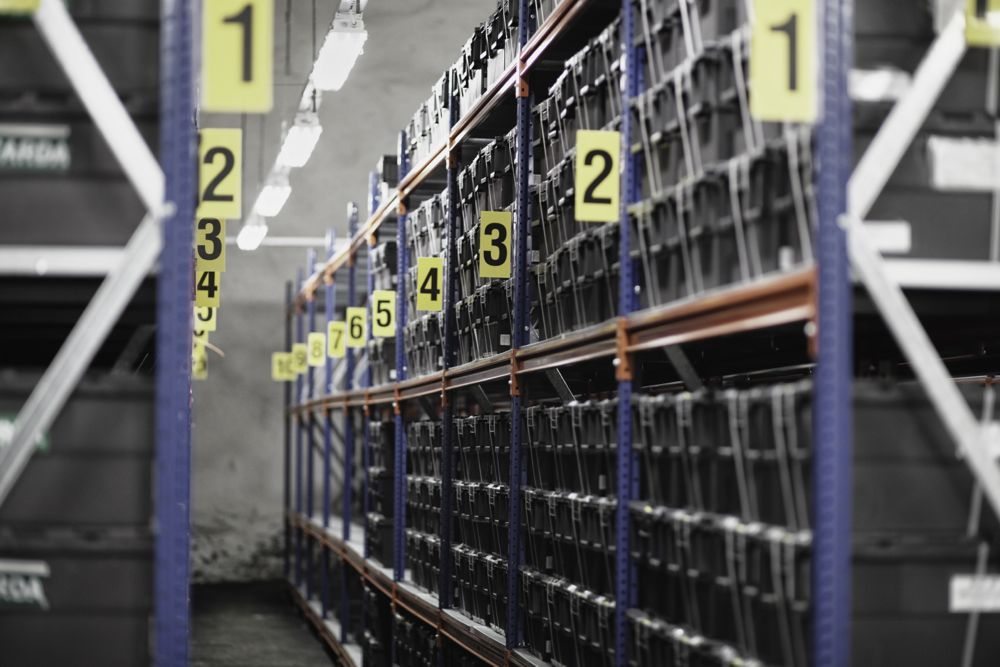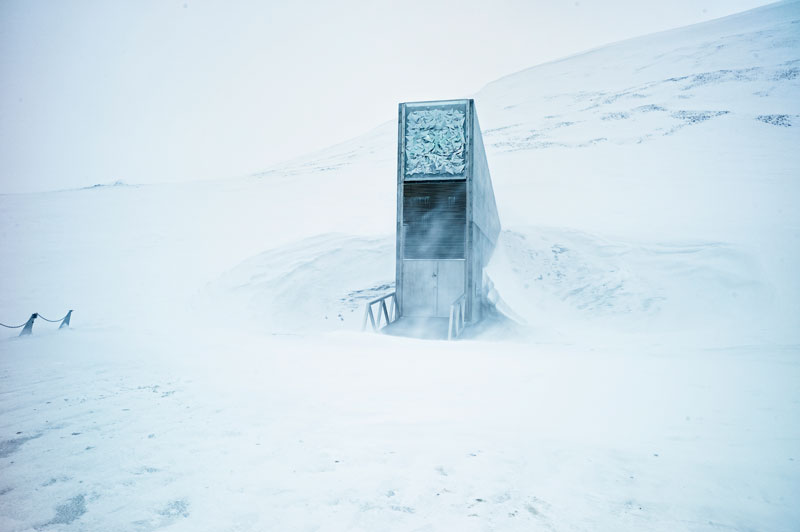

On February 26, 2008, then Prime Minister of Norway, Jens Stoltenberg, unlocked the Global Seed Vault and placed the first seeds for storage together with then President of the European Union José Manuel Barroso, then UN FAO Director-General Jacques Diouf, and African Nobel Peace Prize awardee and environmentalist Wangari Maathai. As the International Treaty on Plant Genetic Resources for Food and Agriculture was coming into force in 2001, an agreed international legal framework for conserving and accessing crop diversity made the Global Seed Vault a practical possibility. Building a global security storage facility to store duplicates of seeds from gene banks all over the world began in the 1980s. The Svalbard Global Seed Vault is an answer to a call from the international community to provide the best possible assurance of safety for the world’s crop diversity. Established and owned by Norway, it is operated in a unique partnership between the Norwegian Ministry of Food and Agriculture, the regional genebank NordGen and the Crop Trust, an independent international organization. The Global Seed Vault can store 4.5 million seed samples at -18☌ (-0.4☏). Photo Source: Cierra Martin for Crop TrustĪlso called the "Doomsday Global Seed Vault," it is the world's largest backup facility for crop diversity and stores duplicates of seeds from seed collections and gene banks from around the globe, kept for long-term storage to contribute to securing the world’s food supply.

On top of the world: Svalbard Global Seed Vault now stores close to 1.2 million seed samples from almost every country on the planet.


 0 kommentar(er)
0 kommentar(er)
